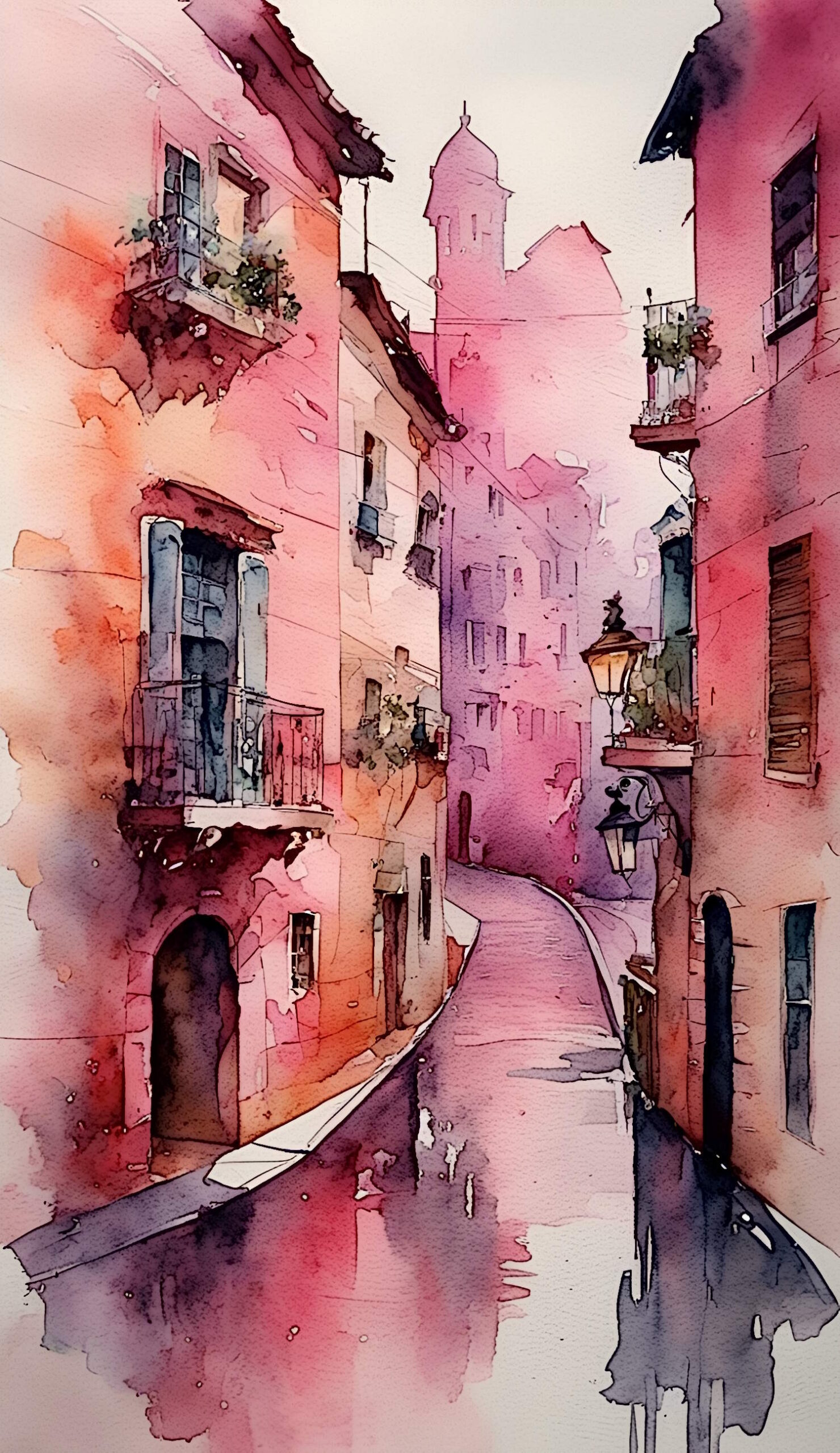Roman music?
In fact you will find fewer examples of music than one would think, given the Roman's culture inspired many aspects of our modern western society, Rome did not, however, contribute much to music as the Greeks did. Although they conquered their territories, Greek culture was always more important and viewed as a source of culture. To alleviate this deficit the Romans adapted Greek music to suite their character. It seems that the state or the Roman representatives themselves did not value the music, some condemned it and said that restraint should be sought when music was involved, such as Marcus Tullius Cicero.
This did not however limit it in its popularity where the virtuosos of music were respected and considered throughout the Empire. They studied under the tutelage of memorable teachers; they had to lead a methodical and healthy life; they toured concerts around the Empire and received impressive payments and numerous patrician families continued the practice that had begun with the famous Gracos, Tiberius and Cayo Sempronio around 110 BC, of sending their children to music schools to learn how to sing and dance.
Among these virtuosos, the Greeks stood out as: Terpnos, great cystolist (under Nero,) Polón and Mesomedes of Crete, among others. Actors of Etruscan origin who danced to the rhythm of the tibiae, a type of oboe, instrument similar to the Greek aulos (a type of clarinet), sometimes accompanied by vocal singing. While it might seem a luxurious lifestyle, actors were denied the same political and civic rights, in fact they were actively denied the same treatment afforded to ordinary Roman citizens. At that time they were viewed as having low social status, not being uncommon for actors to be held as slaves, often being beaten when they preformed unfavorably.
Both acted performances and dance were accompanied by music.
Of these types of music we have virtually nothing left, except brief fragments, that Terencio used in one of his theatrical performances. Carmen Saecularis (full text), a poem for a children's choir by Quintus Horatius Flaccus, premiered in 17 BC.
During the reign of Servius Tullius (578-534 BC), the sixth king of Rome, groups of musicians were instituted in the Roman Legions. They had army NCO status, the same as the flag bearers. Later, around 400 BC, these Roman military and ceremonial groups consisted of flutes, horns and trumpets of various shapes and sizes and peculiar instruments such as the flute and the lute or curved trumpet.
Lucius Cornelius Sila (138-80 BC) had among his servers the rich group of musicians, which counted among his own slaves a large number of instrumentalists and singers who were daily responsible for maintaining a permanent musical atmosphere in his residence. In general many slaves were trained as musicians.
According to the historian Paul Henry Lang, Emperor Caligula listened to orchestral music while navigating the Bay of Naples. (Pompey) and Nero, in addition to exhibiting his own qualities as a singer and played the cithara (a type of lyre), implemented in the year 60 AD the Neronian games, in them music played an important role. Later, Emperor Domitian (Titus Flavius Caesar Domitianus Augustus) established the Capitoline Games, in which the performance of instrumentalists, musicians, songwriters and poets was awarded. Thus transforming music into spectacle.
In multiple acts and ceremonies, military and rituals, it became frequent to use various instruments such as the Buccina, folded trumpet with detachable mouthpiece, the tibia (alos) which, at first was a bone flute, then became transversal and the tympanum or tambourine. The lyre was also very popular.
Later, with the Roman conquests, music was enriched by contributions from Egypt, Syria and Spain.
In the time of Emperor Caesar Augustus (63 BC-14 A.D.), the aulos, an instrument inherited from the Greeks, increased its dimensions and became an instrument of the similar size to the tubas. The historian Ammiano Marcellin (340-400 A.D.), tells us about the use of large lire that had to be transported in wagon. And so did the number of performers, forming ensembles of impressive musicians, a tradition that already existed in Egypt. Lucius Anneo Seneca, preceptor of Nero speaks of the number of instruments, including organs.
But perhaps where you can best appreciate the musical genre is as an accompaniment to theatre, in places such as circuses, theaters and amphitheaters, as in Greece. Unlike in Greece, choir parts were not as important in Rome. There were parts sung with accompaniment generally, which could be single or double, repeating these twice. The pairs had a tuning just like the others. In Rome, the recited parts, called deverbia were followed by cantica or parts sung by a soloist or a duo. In between, recitals were offered.
As you can see music in Rome was not innovative, it was appropriated, but it was also became a crucial aspect of their culture. Though it is not a product of ancient Rome, much thanks is to be given in their preservation and patronage to the art which helped the seed of European music survive.

